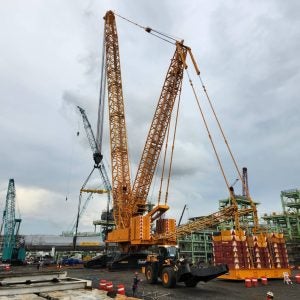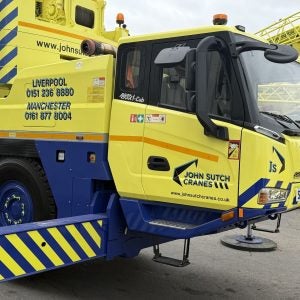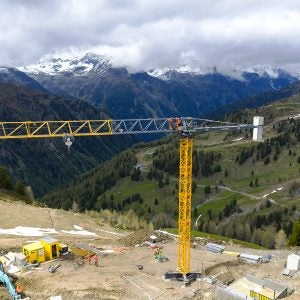Over the last year, through their expert summit event, these groups have worked more closely with the VDMA's power generation group, and there are signs that we may be on track for a European standard or guidance document developed by all stakeholders that covers not just how turbines are manufactured, but how they are transported to site and installed.
A new document, from across the Atlantic, takes another approach to working on wind farms. The American Society of Safety Professionals' latest standard, ANSI/ASSP A10.21-2018, looks at Safety requirements for safe construction and demolition of wind generation/turbine facilities. The ASSP describes it as the first US industry consensus standard written specifically for the construction and demolition of wind turbines.
To the best of my knowledge (and I'd welcome correction on this) it is the first such standard anywhere in the world: while the FEM last year released a document, Safety issues in wind turbine installation and transportation, this takes the form of a guideline from manufacturers: a vital and reliable document, but by its own definition, 'should serve only as a reference and overview: it is meant to provide guidance in the assessment of risks.'
In an announcement accompanying the launch, Chris Daniels, chair of the A10.21 subcommittee, said: “Wind energy has unique challenges that are simply not adequately addressed in existing standards. A10.21 brings these challenges to light and identifies appropriate mitigation means.”
Among these challenges, according to Daniels, are the remoteness of the work, turbine height, limited access and turbine manufacturer variables. A10.21 addresses these and other challenges by establishing requirements for job site work, as well as equipment.
“A10.21 does more than communicate the requirements of the standard,” said Daniels. “It includes nearly a dozen appendices that identify additional considerations for specific scopes found in wind.”
The document is not specifically focussed on the technical details of lifting and transporting turbines, rather it focuses on occupational health and safety issues that an organisation like the ASSP are most concerned with. For example, the section on cranes covers issues like preparing crane pads properly, planning a suitable path for crane moves, and monitoring local weather conditions, with an anemometer fitted on the boom tip of each crane; but it does not go into anywhere near the level of technical detail of the FEM publication, which looks much more clearly at how and why wind conditions vary on turbine sites.
The ASSP document, beyond being a consensus standard with widespread input from stakeholders, does add a lot to the discussion, however. For example, it highlights that, beyond the unusual risks these job sites necessarily entail, they are usually hard to reach for emergency services, and stresses that this should be a focus when planning such work.
As the wind energy sector continues to grow around the world, and wind turbine components themselves get bigger and bigger, it is increasingly important to have a standard (or multiple related standards) that look at all of the issues and challenges inherent to working on wind farms.
Achieving this will require consultation and consensus across the industry: from the companies that manufacture turbines, through wind farm owners and planners, to the crane hirers and special transport firms that deliver and erect turbines.
The sector is too complex, too fast in its evolution, and too unique in its challenges, for any individual industry to have the final say. The ASSP should be congratulated on the steps they have taken so far. Further improvements to safety in the sector, to avoidance of more risks, will take a wider discussion still.
Will North, editor
wnorth@cranestodaymagazine.com






